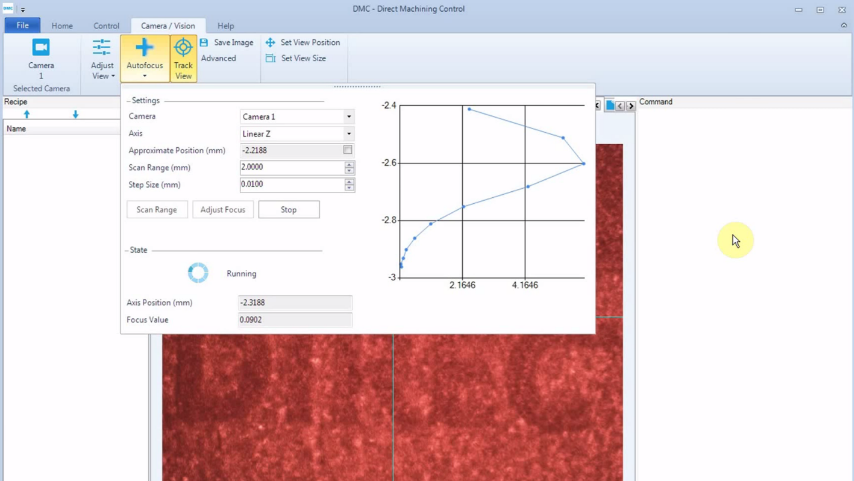Using DMC laser machining software, customer is finally able to use their setup for intended purposes: etching, drilling and cutting of PCB and piezo ceramics wafers. All processing is achieved by a single recipe. Double-sided wafer processing is enabled using automatic visual alignment.
Accuracy, speed and process repeatability is achieved by combining galvo scanners and stages and by measuring and compensating wafer flatness variations.
All of it is done in a single software window in a visual and intuitive way, without any kind of programming.






